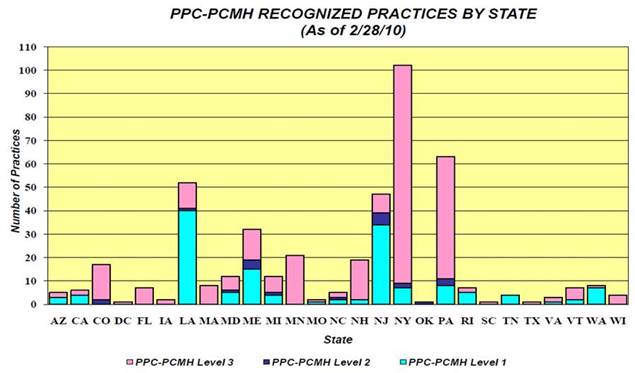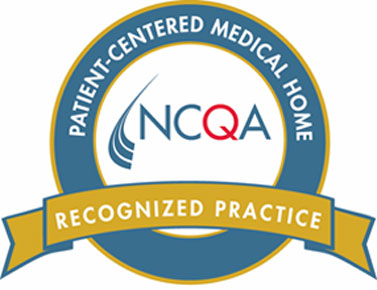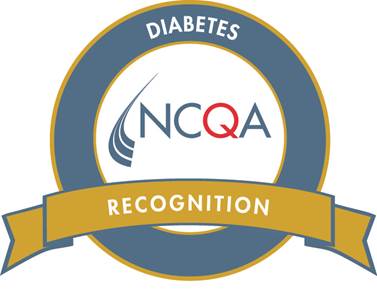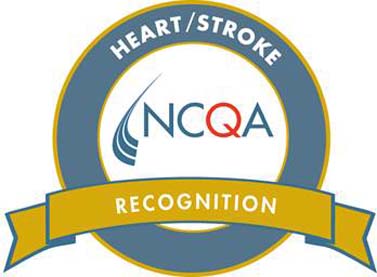|
During the summer of 2016, SETMA has renewed its National Committee for Quaity Assurance (NCQA) Patient-Centered Medical Home (PC-MH) Recognition. In 2010, SETMA first achieved NCQA Recognition at the highest level which is Tier III. At that time, SETMA followed the 2009 published Standards. In 2013, SETMA renewed that recognition, again at the highest Tier III level, but this time under the 2011 more rigorous standards. This summer, SETMA successfully achieved renewal of NCQA PC-MH Recognition, but now under the even more rigorous 2014 standards.
In 2020, SETMA will celebrate its 25th Anniversary. SETMA will have functioned as a medical home for eleven of those twenty-five years, which represents forty-four percent of our history. The voluntary submission of our practices to review by external quality measurement organizations has challenged us to continually improve what we do. It has also given SETMA an objective, externally verified validation of our success.
We can only imagine what innovations and transformation we will experience in the next four years but if it is in keeping with the past 21 years, it will be phenomenal.
History of PC-MH Adoption.
When SETMA earned NCQA Tier III Recognition as a PC-MH in 2010, only two practices in Texas were recognized. NCQA published the following chart to document PC-MH adoption state by state.

In 2014, SETMA did a “market analysis” of the penetration of patient-centered medical home in primary care medical practices in America. At that time, NCQA had recognized 8, 112 practices (consistent with the descriptions above these would be “practice sites” and not unique organizations) which include 40,841 practicing primary care physicians. For instance, SETMA is one organization but has six practice sites. NCQA reports SETMA as six practices. In 2014, there were still less than 14% of practices nation-wide which were recognized as PC-MHs.
The following graph shows the adoption of PC-MH through NCQA. Remember in 2014, there were 8,112; according to the below, there are 11,547. Again, remember these are sites and not practices. We have come a long way, but we still have a long way to go.

The following information about the meaning of NCQA Recognition is from the NCQA website.
What is Recognition?
NCQA Recognition Programs empower employers, health plans, patients and consumers to make informed heath care decisions based on quality. Participation in a NCQA Recognition Program demonstrates that the practice or clinician values quality health care delivery and the latest clinical protocols to ensure that patients receive the best care at the right time.
Patient-Centered Medical Homes are driving some of the most important reforms in health care delivery today. A growing body of scientific evidence shows that PCMHs are saving money by reducing hospital and emergency department visits, reducing health disparities, and improving patient outcomes. The evidence we present here outlines how the medical home inspires quality in care, cultivates more engaging patient relationships, and captures savings through expanded access and delivery options that align patient preferences with payer and provider capabilities.
The following link is to a 2015 article entitled: Evidence Showing Effectiveness of NCQA Recognition: http://www.ncqa.org/Portals/0/Programs/Recognition/PCMHEvidenceReportJune2015_Web.pdf?ver=2016-02-24-143948-347
SETMA’s NCQA Recognitions - PC-MH, Diabetes, Heart/Stroke

NCQA Medical Home
NCQA ’s Patient-Centered Medical Home (PCMH) 2011 is an innovative program for improving primary care. In a set of standards that describe clear and specific criteria, the program gives practices information about organizing care around patients, working in teams and coordinating and tracking care over time. The NCQA Patient-Centered Medical Home standards strengthen and add to the issues addressed by NCQA’s original program.
The Patient Centered Medical Home is a health care setting that facilitates partnerships between individual patients, and their personal physicians, and when appropriate, the patient’s family. Care is facilitated by registries, information technology, health information exchange and other means to assure that patients get the indicated care when and where they need and want it in a culturally and linguistically appropriate manner.
- NCQA Recognition 2010-2013 Tier III Patient-Centered Medical Home
- NCQA Recognition 2013-2016 Tier III Patient-Centered Medical Home
- NCQA Recognition 2016-2019 Tier III Patient-Centered Medical Home
NCQA Diabetes

NCQA developed the Diabetes Recognition Program (DRP) to provide clinicians with tools to support the delivery and recognition of consistent high quality care. This voluntary program is designed to recognize clinicians who use evidence-based measures and provide excellent care to their patients with diabetes.
The DRP Program includes measures which cover areas such as:
- HbA1c control
- Blood Pressure control
- Eye examinations
- Nephropathy Assessment
- Smoking and Tobacco Use and cessation advice or treatment
Those who achieve DRP Recognition show their peers, patients and others in the Diabetes community that they are part of an elite group that is publicly recognized for their skill in providing the highest-level diabetes care.
SETMA Note: In addition to fulfilling these quality measures, SETMA tracks, audits, analyzes and publicly reports by provider name at www.jameslhollymd.com on over 250 quality metrics.
- NCQA Recognition 2010-2013 Diabetes
- NCQA Recognition 2013-2016 Diabetes
- NCQA Recognition 2016-2019 Diabetes
NCQA Heart/Stroke Recognition

The Heart/Stroke Recognition Program was launched in 2003. This voluntary program is designed to recognize clinicians who use evidence-based measures and provide excellent care to persons with cardiovascular disease (CVD) or who have had a stroke.
The Heart Stroke Recognition Program (HSRP) assesses key quality performance measures that are based on national evidence based guidelines for secondary prevention of cardiovascular disease and stroke. Program measures include:
- Blood pressure control
- Complete lipid profile
- Cholesterol control
- Use of aspirin or another antithrombotic
- Smoking status and cessation advice or treatment
HSRP Recognition provides assurance that clinicians are providing high quality, evidenced-based care for their CVD and stroke patients.
- NCQA Recognition 2013-2016 Heart/Stroke
- NCQA Recognition 2016-2019 Heart/Stroke
Additional Benefits of NCQA PC-MH - MACRA, MIPS, APM
In 2016-2019, Health and Human Services (HHS) and the Centers for Medicare and Medicaid Services (CMS) will begin reimbursing physicians under the Medicare Access & CHIP Reauthorization Act’s (MACRA) Merit-Based Incentive Payment System (MIPS) and Alternative Payment Models (APMs) rule. The National Committee for Quality Assurance (NCQA) strongly supports this transition to paying clinicians for the value, rather than volume, of care they provide, and is eager to help.
The highest priority in implementing MACRA is to help clinicians advance from traditional practices into Patient-Centered Medical Homes (PCMHs) and Patient-Centered Specialty Practices (PCSPs), virtual groups and ultimately Alternative Payment Models. Each step along this continuum increases clinicians’ potential to improve and achieve MACRA’s goals and financial rewards. All stakeholders share a joint responsibility to support clinicians as they work to move up this continuum. We also must strive for fair comparisons among clinicians across different payment models. We at NCQA are committed to working and aligning with other stakeholders in this essential transformative endeavor.
Under MACRA and MIPS payment adjustment will be made up of four parts:
- Quality - This will be gleaned off of the CQMs that SETMA reports which are the new PQRS. Measures are physician selected and SETMA has over 250 measures from which to chose for reporting.
- Advancing Care Information - This is the next phase of Meaningful Use. All of SETMA providers meet these measures and will continue to do so.
- Clinical Improvement Activities - “Clinicians participating in medical homes earn *full credit* in this category.” All of SETMA providers meet this.
- Cost - This will be gleaned off of claims data. There is nothing to do on our part for this except to continue to monitor our use of resources and to measure that usage by appropriateness and national standards.
Maintenance of Certification Credit for Recognition as a PC-MH
- American Board of Pediatrics (ABP) ABP-certified physicians enrolled in NCQA's PCMH 2011 or PCMH 2014 Recognition Programs are eligible to receive Part IV Maintenance of Certification credit for achieving NCQA Recognition.
- American Board of Family Medicine (ABFM) ABFM-certified physicians enrolled in NCQA's DRP, HSRP and PCMH 2011 and PCMH 2014 Recognition Programs are eligible to receive Part IV Maintenance of Certification credit for achieving NCQA Recognition.
- American Board of Internal Medicine (ABIM) ABIM-certified physicians enrolled in NCQA’s DRP, HSRP, PCMH 2011, PCMH 2014 or PCSP 2013 programs are eligible to receive Part IV Maintenance of Certification credit for achieving NCQA Recognition.
|